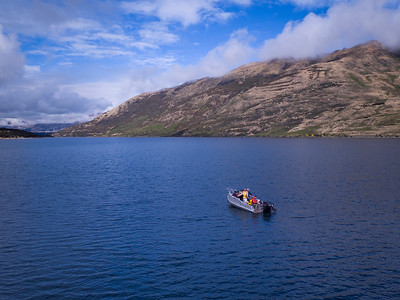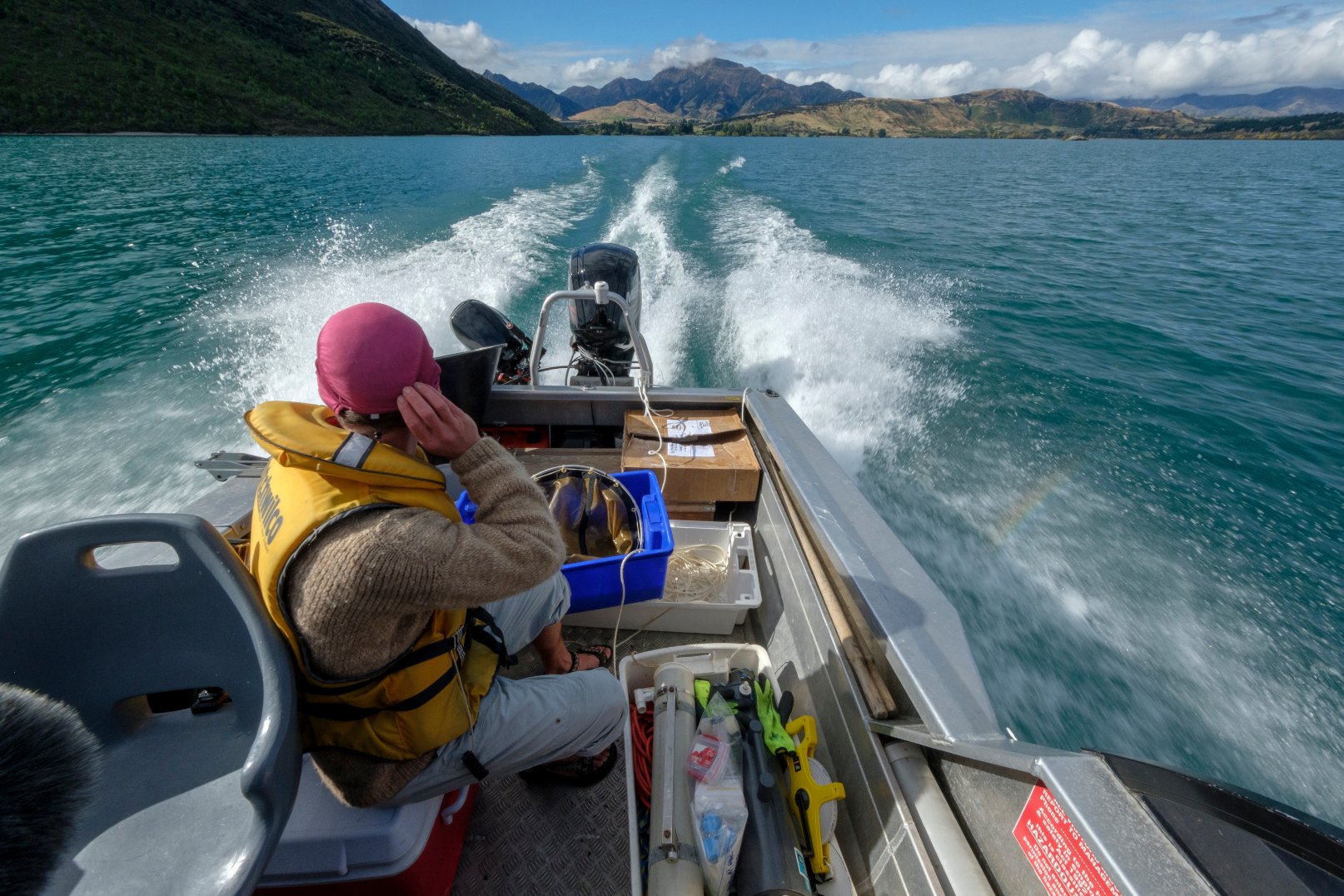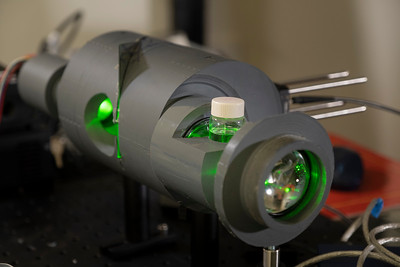THE GREAT LAKE SNOW PROJECT

Photos by Nathan Manning
THE GREAT LAKE SNOW PROJECT

Photos by Nathan Manning

Photo by Bradley White
Phil Novis, researcher Phycologist at landcare Research, Lincoln......
The Lake Snow Toolbox: Developing a tool to analyse slime in NZ lakes | TechWeek 2019 | Manaaki Whenua - Landcare Research
Lake snow is produced by a microscopic alga and is a major problem in Central Otago and Wanaka. The reason why this is growing in lakes in these regions is unclear, but due to the impacts it has on homes and businesses, Manaaki Whenua are developing a monitoring device for regional councils.The laser-based device provides real time data and sends a beam out in the water, and characterises what bounces back by using the molecule structure to identify,

photo by Bradley White
The Lake Snow Toolbox: Developing a tool to analyse slime in NZ lakes | TechWeek 2019 | Manaaki Whenua - Landcare Research
Lake snow is produced by a microscopic alga and is a major problem in Central Otago and Wanaka. The reason why this is growing in lakes in these regions is unclear, but due to the impacts it has on homes and businesses, Manaaki Whenua are developing a monitoring device for regional councils.The laser-based device provides real time data and sends a beam out in the water, and characterises what bounces back by using the molecule structure to identify,



DIY Raman Spectroscopy for near real time lake Snow Detection
Raman spectroscopy is a realiable tool to identify the molecular structure of chemical compounds like Lake Snow. Commercially available Raman systems are herendusly expensive and not made to deploy in lakes . Since we want to deploy around 12 of them in diffrent lakes we decided to develop our own Raman Spectrometer for an affordable cost. The most challanging part of the Raman Spectroscopy to detect Lake Snow is how to avoid floresence emmision from chlorophyll . Usually 785 or 1064 nm lasers are most commonly used for Raman systems to avoid floresence, but they require expensive CCD arrays to detect extreamly weak Raman scattered light from the sample. We managed to avoid floresence emmision by changing the incident angle of the laser beam.
Photos by Bradley White
EPhoto by Bradley White